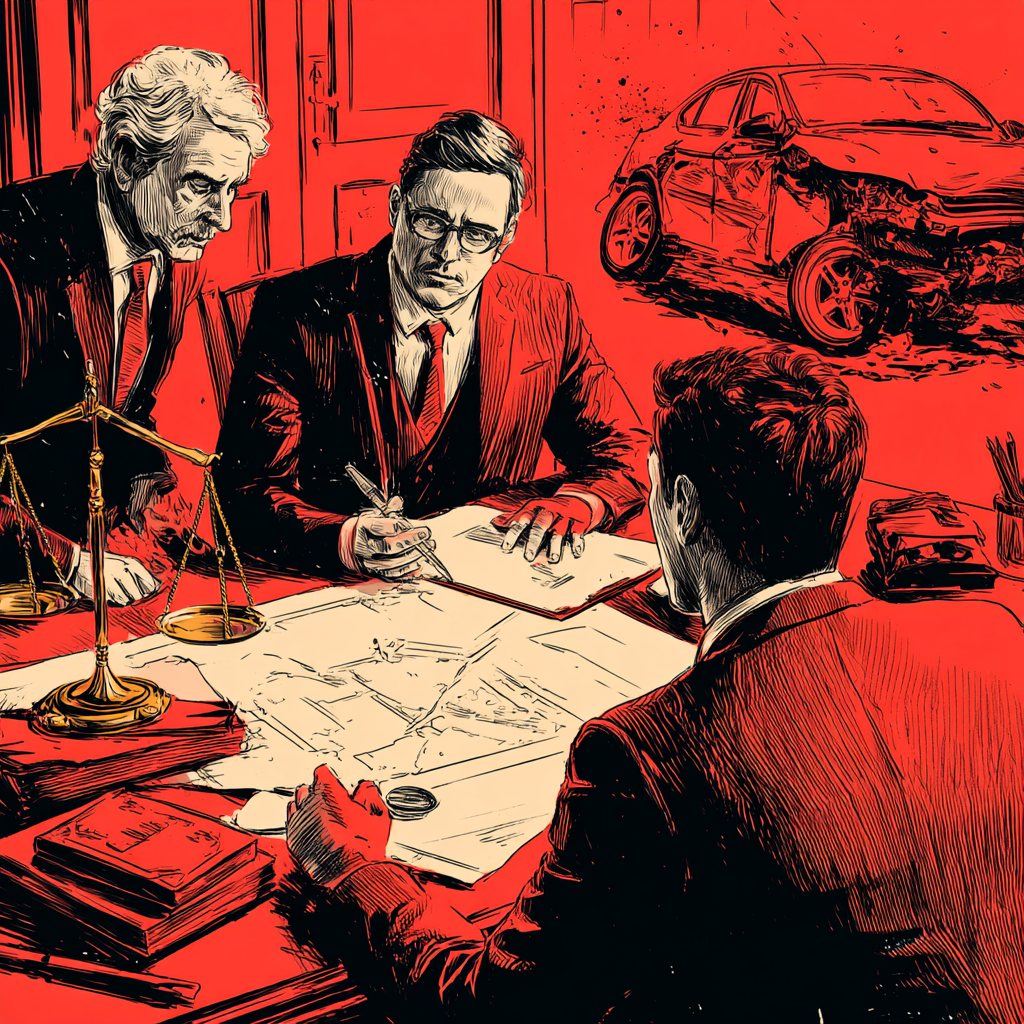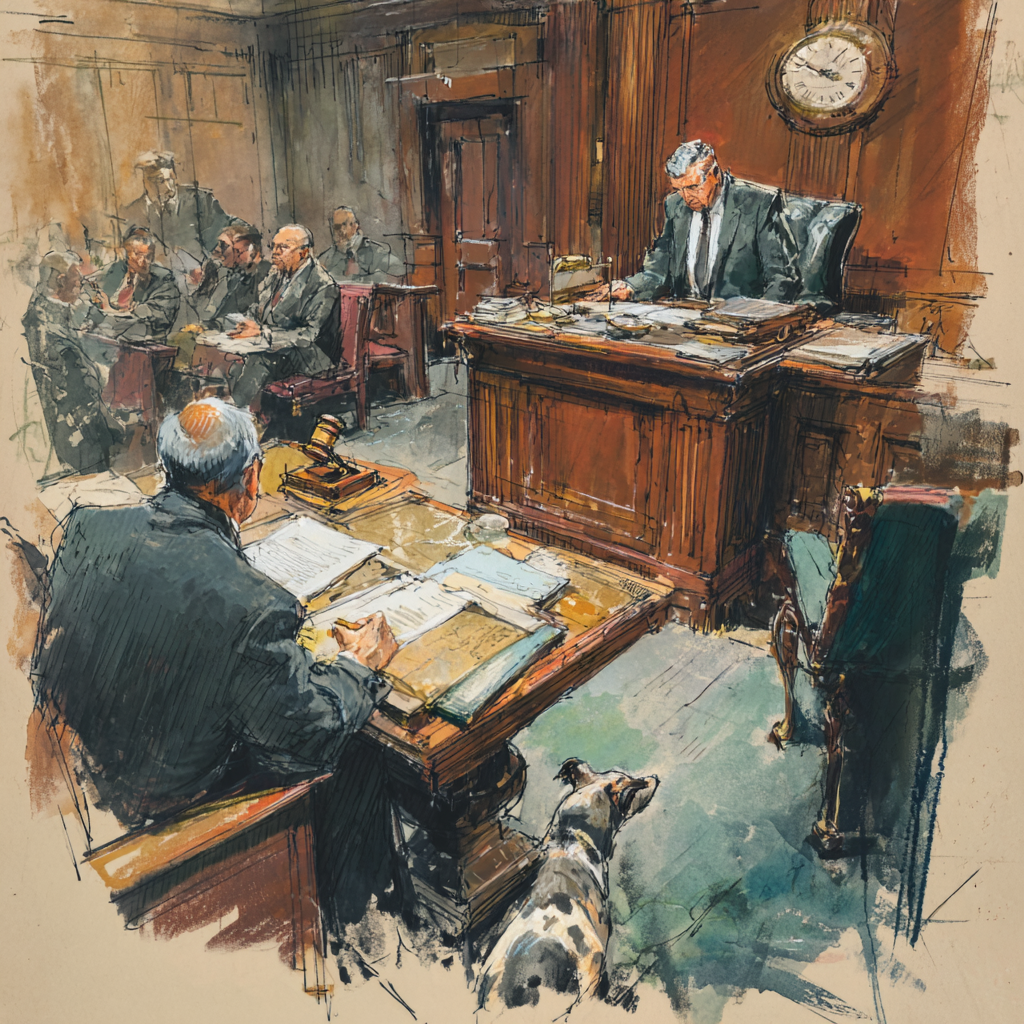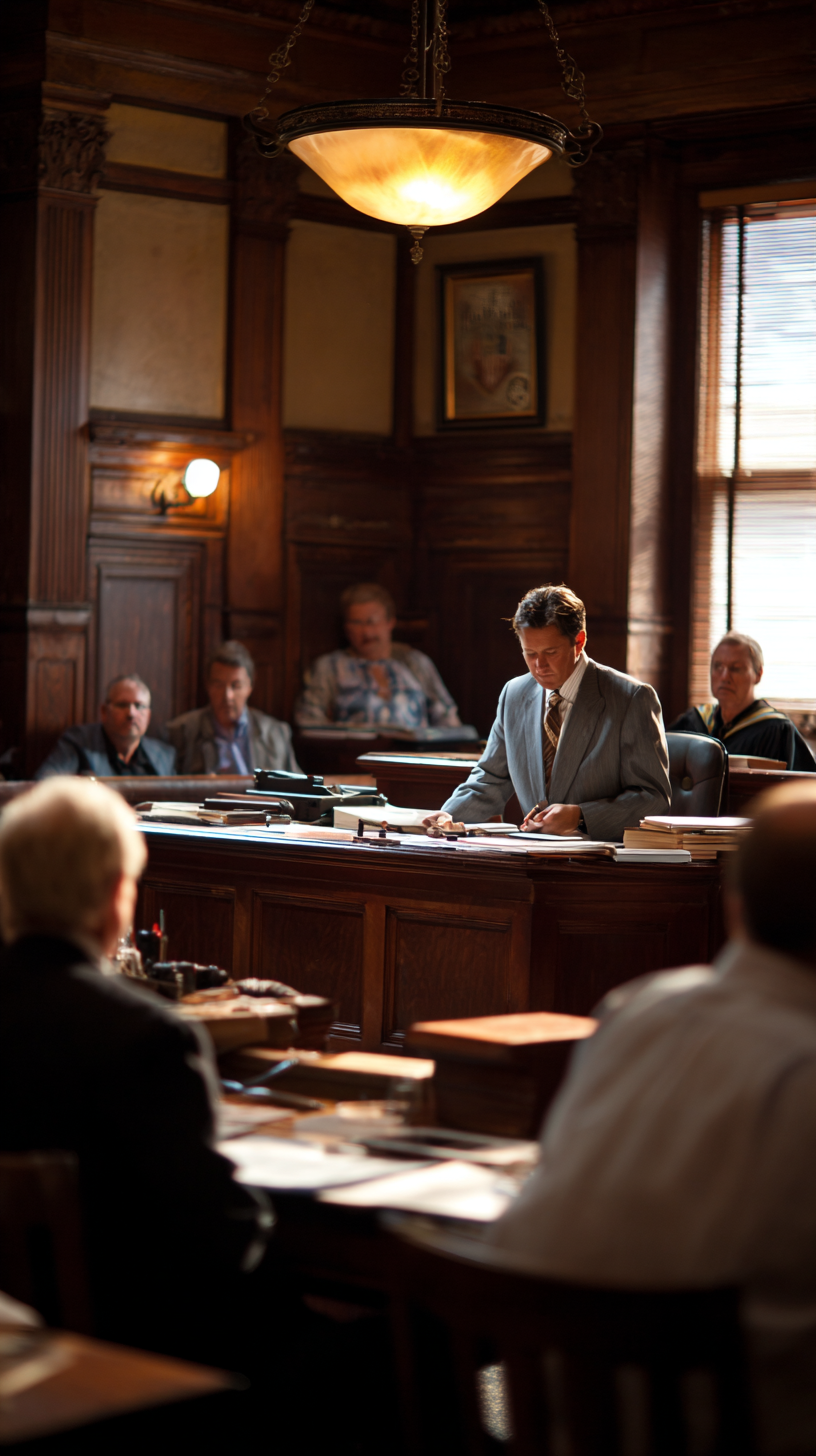Viviane Etienne Med. Care, P.C. v Country-Wide Ins. Co., 2013 NY Slip Op 08430 (2d Dept. 2013)(Rivera, Reinaldo, JP). (This one is about as long as a standard Federal Court opinion)
(1) “In this action by the plaintiff, a medical service provider, to recover first-party no-fault insurance benefits, this Court must address the issue of the plaintiff’s burden of proof on a motion for summary judgment in such an action.” Interestingly, this does not discuss the proof at trial, where presumably there are timely denials. Will a prima facie case now just be (a) proof of submission of the bill; and (b) proof that 30-days elapsed from submission and payment in full was not made? If so, then the advantage of a first-department filing is now lost.
(2) “It follows that an insurer must also raise an objection regarding the bona fides of the plaintiff’s claim forms within the time schedules contained in the regulations. To conclude otherwise would permit an insurer to disregard the time windows set forth in the regulations and would countenance a belated evidentiary objection.” The ability to actually contest the proof and fact of the loss is now lost when there is no proof of a timely disclaimer. This makes sense, especially since “provider fraud”, although indictable is also precludable.
(3) Art of Healing has been cited by this Court on only one occasion (see Matter of Carothers v GEICO Indem. Co., 79 AD3d 864)…The Appellate Term has cited to Art of Healing on at least 99 occasions.” It bears to note that the business records issue at the Appellate Term [Division] only occurred when non-hospitals submitted no-fault billing. The business records rule was perhaps a check or balance on providers that have a greater incidence, when compared to hospitals, of submitting bills that may not be wholly representative of the services they embody.
(4) “We now conclude that this Court’s holding in Art of Healing constitutes an anomaly, a jurisprudential drift from this Court’s well-established precedent.” Was it really an anomaly?
(5) “What is a prima facie case”. This is “proof of billing, namely, that the billing forms were mailed to and received by the defendant insurer, and that the insurer failed to either pay or deny the claim within the requisite 30-day period” Now, must a provider that relies on proof of mailing also still assert that a timely denial has not been issued? Or, does that prong of Ave T v. Auto One remain intact? See Point 8 below.
(6) How is a prima facie case proved? “The “how” evidentiary component of the plaintiff’s proof is met by, inter alia, the affidavit of a billing agent or an employee of the medical provider; that is, someone with personal knowledge of the plaintiff’s billing methods.”
(7) “As part of its prima facie showing, the plaintiff is not required to show that the contents of the statutory no-fault forms themselves are accurate or that the medical services documented therein were actually rendered or necessary. Stated another way, the plaintiff is not required to establish the merits of the claim to meet its prima facie burden. To the extent that Art of Healing imposes a “business record” requirement obliging the plaintiff to establish the truth or the merits of the plaintiff’s claim, we overrule Art of Healing.”
(8) “If no denial of claim was proffered, a defendant insurer may avail itself of evidentiary objections, such as the business record exception to the rule against hearsay pursuant to CPLR 4518, only to challenge the plaintiff’s proof of billing relating to the mailing or receipt of the billing forms and the defendant’s alleged failure to deny or pay the claim within the requisite time periods.” So, proof that a facially proper denial will defeat summary judgment. Or, argument that Plaintiff failed to prove the absence of a denial will also defeat summary judgment,
(9) “However, with regard to the plaintiff’s claim [*7]dated November 17, 2004, in the amount of $139, we note that the plaintiff’s summary judgment motion papers included the defendant’s denial of that claim dated November 22, 2004. Contrary to the plaintiff’s contention, that denial of claim was, in fact, timely and sufficient (see Forrest Chen Acupuncture Servs., P.C. v GEICO Ins. Co., 54 AD3d 996, 996-997; Westchester Med. Ctr. v Allstate Ins. Co., 45 AD3d 579, 580). Therefore, as to that particular claim, the plaintiff did not meet its prima facie burden, and we need not consider the defendant’s opposition to that branch of the plaintiff’s motion.” To me, this was the anomaly. In certain cases, the App. Div. held that the inclusion of a timely denial causes a prima facie case not to be satisfied. Now, this is settled law.
(10) “The defendant’s failure to timely request additional verification to establish proof of claim, object to the adequacy of the claim forms, or otherwise deny the claim precludes it from raising the instant defense; namely, that the plaintiff failed to demonstrate the admissibility of its claim forms under the business records exception to the rule against hearsay”. So, the flip side is now that the inclusion of a timely denial now allows the carrier to object to the fact and amount of loss, requiring the provider to prove the merits of its claim? How would this work? Does an insurance carrier now assert a timely denial, without more causing the defense to be substantiated requiring a rebuttal case involving a business record foundation and now causing the carrier to put on its own rebuttal case involving the merits of the defense?
More questions have been asked than answered.










12 Responses
Decision seems very straightforward to me. It settled issues of admissibility, issue preclusion and, for summary judgment purposes, what has to be established as part of a provider’s prima facie case. I see no lack of clarity in this decision whatsoever.
Does this decision also apply if the insurer issues a timely denial. If the denial is timely, can the insurer still make a prima facie argument?
According to this decision, if the provider is alleging that there was a failure by the insurer to issue a timely denial, it only needs to establish that the bills were mailed, and is not required to prove the truth of the statements contained on the bill. However, if the provider annexes a timely and facially sufficient denial to its motion for SJ, then in addition to proof of billing it needs to establish that the denial is meritless in order to make out a prima facie case.
“It bears to note that the business records issue at the Appellate Term only occurred when non-hospitals submitted no-fault billing.”
Incorrect. See: http://www.nycourts.gov/reporter/3dseries/2012/2012_50589.htm
I edited the word “term” out and in its place inserted Division. I checked the Appellate Division calendar and apparently, Westchester Medical Center v Government Employees Insurance Company is slated for argument on January 9, 2014:
[*1]
Westchester Med. Ctr. v Government Empls. Ins. Co.
2012 NY Slip Op 50398(U) [34 Misc 3d 155(A)]
Decided on March 2, 2012
Appellate Term, Second Department
Published by New York State Law Reporting Bureau pursuant to Judiciary Law § 431.
This opinion is uncorrected and will not be published in the printed Official Reports.
Decided on March 2, 2012
SUPREME COURT, APPELLATE TERM, SECOND DEPARTMENT, 9th and 10th JUDICIAL DISTRICTS
PRESENT: : NICOLAI, P.J., MOLIA and IANNACCI, JJ
2010-2283 N C.
Westchester Medical Center, as Assignee of ALEXANDER SEMKOW, Appellant, —
against
Government Employees Insurance Company, Respondent.
Appeal from an order of the District Court of Nassau County, First District (Fred J. Hirsh, J.), dated February 5, 2010. The order denied plaintiff’s motion for summary judgment.
ORDERED that the order is affirmed, without costs.
In this action by a provider to recover assigned first-party no-fault benefits, the District Court denied plaintiff’s motion for summary judgment, finding that plaintiff had failed to establish its prima facie entitlement to that relief. We agree.
To establish its prima facie entitlement to summary judgment, a no-fault provider must prove, among other things, the submission to the defendant of a claim form as well as the fact and the amount of the loss sustained (see Insurance Law § 5106[a]; Westchester Med. Ctr. v Nationwide Mut. Ins. Co., 78 AD3d 1168 [2010]; see also New York & Presbyt. Hosp. v Allstate Ins. Co., 31 AD3d 512 [2006]; New York Hosp. Med. Ctr. of Queens v Statewide Ins. Co., 33 Misc 3d 130[A], 2011 NY Slip Op 51863[U] [App Term, 9th & 10th Jud Dists 2011]). In order for a claim form to constitute prima facie proof of the fact and the amount of the loss sustained, the affidavit submitted by a plaintiff in support of its motion for summary judgment must lay a sufficient foundation to establish that the claim form annexed thereto is admissible [*2]under the business records exception to the hearsay rule, which allows a document to be used as proof of the “act, transaction, occurrence or event” recorded in the document (CPLR 4518 [a]; see Matter of Carothers v GEICO Indem. Co., 79 AD3d 864 [2010]; Art of Healing Medicine, P.C. v Travelers Home & Mar. Ins. Co., 55 AD3d 644 [2008]; New York Hosp. Med. Ctr. of Queens, 33 Misc 3d 130[A], 2011 NY Slip Op 51863[U]; Viviane Etienne Med. Care, P.C. v Country-Wide Ins. Co., 31 Misc 3d 21 [App Term, 2d, 11th & 13th Jud Dists 2011]; Dan Med., P.C. v New York Cent. Mut. Fire Ins. Co., 14 Misc 3d 44 [App Term, 2d & 11th Jud Dists 2006]).
In the case at bar, plaintiff’s submission of a third-party affidavit failed to demonstrate that the NF-5 hospital facility form or the UB04, which was incorporated by reference into the NF-5 and which listed the services provided by the hospital, was plaintiff’s business record and therefore admissible as proof that, for example, those services had been rendered (see Matter of Carothers, 79 AD3d 864; New York Hosp. Med. Ctr. of Queens, 33 Misc 3d 130[A], 2011 NY Slip Op 51863[U]). Accordingly, the order is affirmed.
Molia and Iannacci, JJ., concur.
Nicolai, P.J., taking no part.
“proof of the fact and amount of loss sustained pursuant to Insurance Law section 5106 (a) shall not be deemed supplied by an applicant to an insurer and no payment shall be due for such claimed medical services under any circumstances: (i) when the claimed medical services were not provided to an injured party; or (ii) for those claimed medical service fees that exceed the charges permissible pursuant to Insurance Law sections 5108(a) and (b) and the regulations promulgated thereunder for services rendered by medical providers” (11 NYCRR 65-3.8[g]).
From my reading of this case, I believe there four (4) well-articulated rules that have been set forth in this case.
1) The Court of Appeals rejects the Appellate Term’s application of Art of Healing Medicine, P.C. v Travelers Home & Mar. Ins. Co. (55 AD3d 644) to establish a plaintiff prima facie case. As noted by the majority, the Appellate Term, 2d, 11th & 13th Judicial Districts have interpreted at least 99 times that plaintiff’s prima facie burden includes the following:
In order for the claim forms to constitute prima facie proof of the fact and the amount of the loss sustained, the affidavit submitted by the plaintiff in support of its motion for summary judgment must lay a sufficient foundation to establish that the claim forms annexed thereto are admissible under the business records exception to the hearsay rule, which allows a document to be used as proof of the act, transaction, occurrence or event’ recorded in the document.
However, the Appellate Division, Second Department, has specifically rejected this interpretation and holds that Art of Healing was an anomaly.
2) The Appellate Division, Second Department clearly reiterates plaintiff’s prima facie burden:
This Court has consistently held that “[i]n an action to recover no-fault benefits, a plaintiff makes a prima facie showing of entitlement to judgment as a matter of law by submitting evidentiary proof that the prescribed statutory billing forms were mailed to and received by the relevant insurance carrier, and that payment of no-fault benefits was overdue” (Westchester Med. Ctr. v Progressive Cas. Ins. Co., 89 AD3d 1081, 1082; see Westchester Med. Ctr. v GMAC Ins. Co. Online, Inc., 80 AD3d 603, 604; New York & Presbyt. Hosp. v Countrywide Ins. Co., 44 AD3d 729, 730; New York & Presbyt. Hosp. v Allstate Ins. Co., 29 AD3d 547, 547). Our sister appellate courts have likewise articulated the same standard (see e.g. Sunshine Imaging Assn./WNY MRI v Government Empls. Ins. Co., 66 AD3d 1419, 1420; Countrywide Ins. Co. v 563 Grand Med., P.C., 50 AD3d 313, 314; LMK Psychological Servs., P.C. v Liberty Mut. Ins. Co., 30 AD3d 727, 728). (Emphasis Added).
3) The Court of Appeals specifically guides plaintiffs on how to make prima facie burden:
The billing agent will (1) attest that he/she personally sent the billing forms to the insurer, that the insurer received the same, and that the insurer failed to pay or deny the claim within the requisite 30-day period, or (2) set forth the procedures customarily utilized in the ordinary course of its business regarding the mailing/receipt of such forms and that the insurer failed to pay or deny the claim within the requisite 30-day period. As part of its prima facie showing, the plaintiff is not required to show that the contents of the statutory no-fault forms themselves are accurate or that the medical services documented therein were actually rendered or necessary. Stated another way, the plaintiff is not required to establish the merits of the claim to meet its prima facie burden. To the extent that Art of Healing imposes a “business record” requirement obliging the plaintiff to establish the truth or the merits of the plaintiff’s claim, we overrule Art of Healing.
4) If a denial is proffered, a defendant cannot contest plaintiff’s evidentiary challenge to the admissibility of prima facie case:
Therefore, where the defendant insurer fails to proffer a timely denial of claim to the plaintiff’s proof of billing, or request additional verification within the time frames set forth in the no-fault regulations (see Insurance Law § 5106[a]; 11 NYCRR 65-3.5, 65-3.8[c]), the insurer is precluded from raising an evidentiary challenge to the admissibility of the documents under the business records exception to the hearsay rule with regard to the contents of the billing forms. (Emphasis added).
Since there is a strong dissent, will this be granted leave and appear before the Court of Appeals and we can resolve this basic issue once and for all— I hope so— this issue was thought to have been resolved. However, in 2008, the Appellate Term imposed a new standard of proof to plaintiff’s prima facie case. I believe the New York State Court of Appeals will follow the majority, but I have been wrong before.
This is a Wang Chung. What make you all think Corerupt Communist Offwicials at App Term 2nd will follow a SeKond Departament deciswion.
Law no matter in insurance compwany house.
If the Court of Appeals declined to take up Unitrin and resolve the dispute between the First and Second Department’s regarding the timeliness of EUO and IME no-show denials, I sincerely doubt that they will agree to hear this case. I think the Court of Appeals is not interested in no-fault. It may be a big deal to us but not to the vast majority of lawyers.
Big decision. I don’t see the confusion. Erases a lot of bad law. Congrats to Tsirlman’s office. I believe Stefan’s analysis is right on to money.
Today the Appellate Division just issued another decision, this time for a hospital, reaffirming VE vs CWI. It also discusses verification requests.
The third party billing witness still did not make out the business record exception to get the bills into evidence?
Is the dissent correct that this P not entitled to money judgment on hearsay evidence?